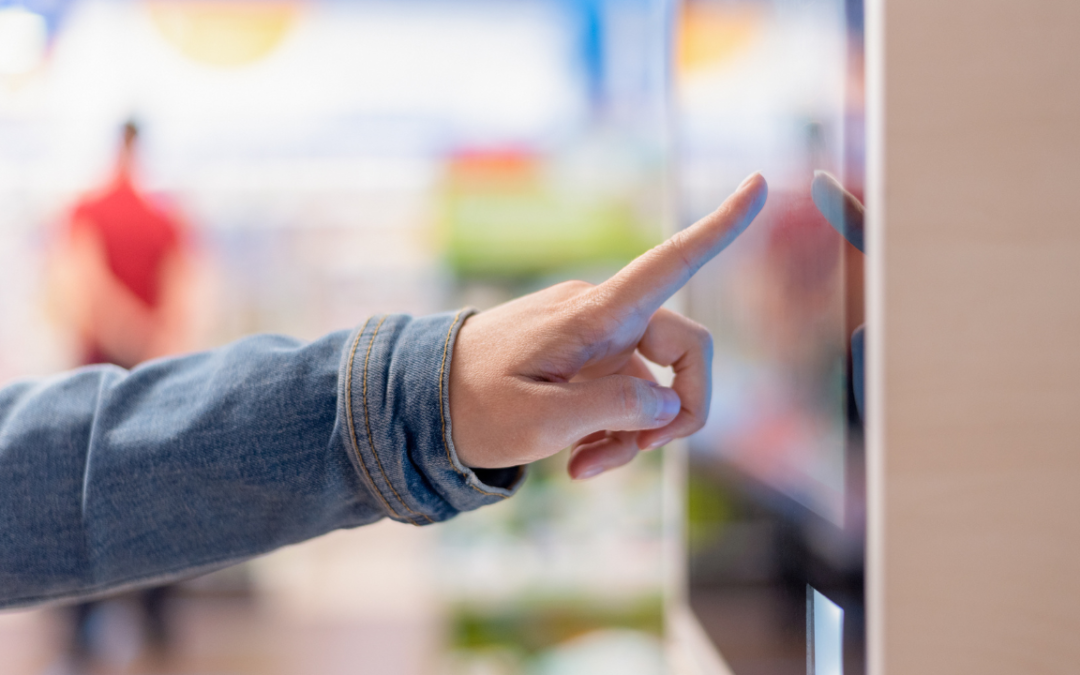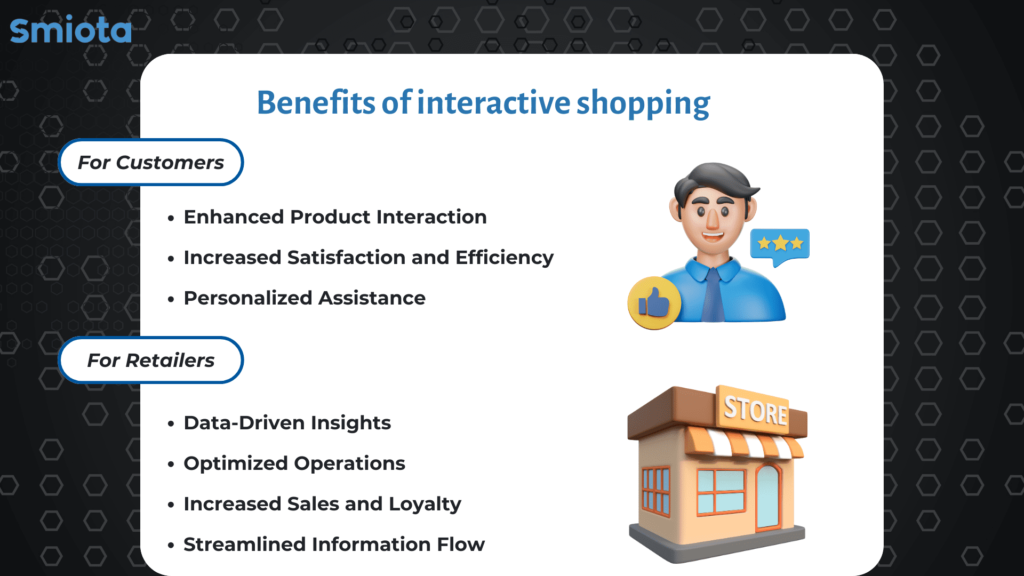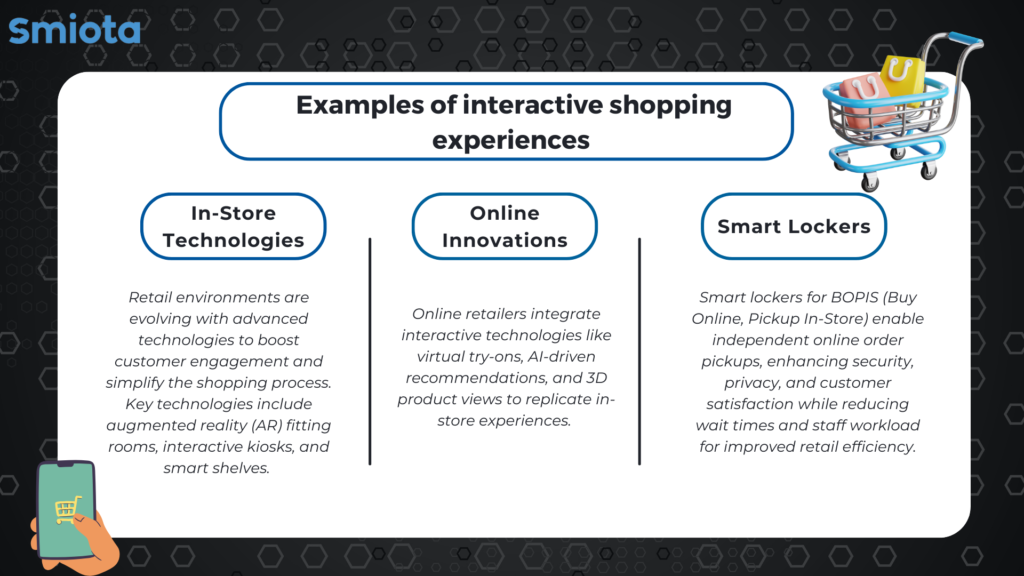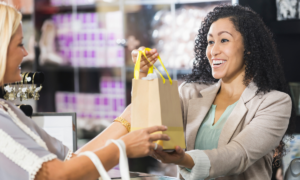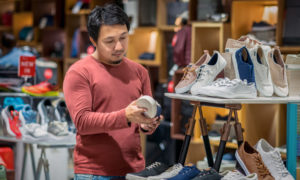In an era dominated by digitization, the retail sector has witnessed a dramatic shift toward more interactive and personalized shopping experiences. This evolution is a solid response to modern consumers’ changing behaviors and expectations, who seek convenience, efficiency, and a touch of personalization in every interaction. Customers are increasingly drawn to brands that offer an engaging and tailored shopping journey, whether online or in physical stores.
The rise of e-commerce has set new standards for customer experience; consumers now anticipate a seamless transition between online and offline shopping. They expect to shop from the comfort of their homes and enjoy immersive experiences when visiting brick-and-mortar stores. This shift has made it imperative for retailers to reinvent their approach by integrating smart technologies to improve customer engagement, turning shopping from a mere transaction into a comprehensive, enjoyable experience.
Role of Smart Technologies in Retail
Smart technologies are transforming retail through Artificial Intelligence (AI), Augmented Reality (AR), the Internet of Things (IoT), and big data analytics. These innovations offer personalized experiences that attract and retain customers in unique ways:
- Artificial Intelligence (AI): AI tailors the shopping experience through chatbots for instant customer service and recommendation engines that suggest products based on individual shopping histories and preferences.
- Augmented Reality (AR): AR changes how customers interact with products. For example, AR mirrors in clothing stores allow virtual outfit try-ons, and AR apps help visualize home furniture placements before purchases.
- Internet of Things (IoT): IoT connects retail elements to boost operational efficiency and customer service. Smart shelves with weight sensors monitor inventory in real time, while IoT devices adjust store conditions, such as lighting and temperature, to improve the shopping atmosphere.
- Big Data Analytics: Analyzing data from online and in-store interactions offers insights into consumer behavior. This analysis helps retailers fine-tune marketing strategies, improve product placements, and enhance shopping experiences.
As retailers continue to adopt these technologies, the shopping experience is becoming more interactive, not just in responding to consumer actions but also in anticipating their needs and preferences. This proactive approach to customer engagement is setting new standards in the industry, making the need for interactive shopping imperative.
The Need for Interactive Shopping
Smart technology transformation is primarily driven by consumers’ demands for more than just products; they seek engaging, informative, and entertaining shopping experiences. As the gap between digital and physical shopping experiences continues to narrow, there is a growing expectation for the convenience of digital features to merge with the sensory benefits of physical stores. To meet these expectations, retailers are increasingly adopting smart technologies to create dynamic environments that cater to customers’ needs and enrich their shopping experience, making it more efficient, personalized, and tactile.
Interactive shopping not only meets modern consumer expectations but also provides substantial benefits to both retailers and customers. By incorporating smart technologies to boost customer engagement, retailers can deliver a more impactful shopping experience, fostering repeat business and building loyalty. Additionally, the personalized approach of interactive shopping offers targeted recommendations, enhancing customer satisfaction and boosting sales.
Benefits of Interactive Shopping for Customers and Retailers
Incorporating AR in retail transforms how customers interact with products, enhancing satisfaction and reducing returns and exchanges, thus streamlining the shopping process.
For Customers
- Enhanced Product Interaction: Augmented Reality (AR) enables customers to visualize how products, like furniture or makeup, would look in their environment or on their skin without needing physical trials.
- Increased Satisfaction and Efficiency: These interactive experiences boost satisfaction by ensuring products meet expectations before purchase, reducing the need for returns and exchanges.
- Personalized Assistance: AI and IoT integration in stores, such as smart dressing rooms, offer customized recommendations (like suggesting accessories) based on the items customers are trying on, simulating a personal shopping assistant experience.
For Retailers
- Data-Driven Insights: Retailers collect valuable data on customer preferences, behaviors, and purchasing patterns by utilizing smart technologies.
- Optimized Operations: This data allows retailers to effectively optimize stock levels, store layout, and marketing strategies.
- Increased Sales and Loyalty: Leveraging these insights helps tailor the shopping experience to meet customer expectations, increasing sales and enhancing customer loyalty.
- Streamlined Information Flow: Integration of AI and IoT ensures a seamless information flow throughout the customer journey, from entry to post-purchase, enhancing the overall shopping process.
Integrating smart technologies in retail meets the modern consumer’s demands for engaging, efficient, and personalized shopping experiences while enabling retailers to enhance their operations and strategies. We will demonstrate how the future of retail relies on using these innovations to transform transactions into memorable, brand-strengthening events.
Examples of Interactive Shopping Experiences
In-Store Technologies:
Retail environments are evolving with advanced technologies to boost customer engagement and simplify the shopping process. Key technologies include augmented reality (AR) fitting rooms, interactive kiosks, and smart shelves.
- AR fitting rooms allow customers to try on clothes virtually using a digital mirror. This eliminates the need for physically changing and saves time while improving the shopping experience.
- Interactive kiosks act as digital assistants, offering product details, recommendations, and comparisons with a simple touch. They streamline checkouts, enroll customers in loyalty programs, and tailor shopping experiences based on user data and shopping history.
- Smart shelves feature sensors and digital displays that provide real-time updates on pricing, product details, and promotions and monitor inventory levels to prompt restocking. They enhance product interaction with dynamic information and ads that adjust as customers browse.
Online Innovations:
Online retailers integrate interactive technologies like virtual try-ons, AI-driven recommendations, and 3D product views to replicate in-store experiences.
- Virtual try-ons enable customers to preview how items, particularly cosmetics and eyewear, will look on them via their device’s camera. This reduces online shopping risks, decreases returns, and builds purchase confidence.
- AI algorithms personalize online shopping by suggesting products based on customers’ browsing patterns and past purchases, enhancing user experience and encouraging sales.
- Immersive 3D views allow customers to examine products from all angles. This interactive feature lets users zoom and rotate 3D models, offering a realistic sense of the product and aiding in more informed buying decisions.
Smart Lockers:
Smart lockers streamline the online-to-store shopping transition, which is vital for the BOPIS (Buy Online, Pickup In-Store) strategy. They enable customers to order online and conveniently pick up their items without staff involvement, ensuring item security and privacy. These lockers facilitate personalized shopping experiences, minimize wait times, and allow staff to focus on other tasks, increasing overall customer satisfaction and operational efficiency in modern retail.
Smiota’s Smart Lockers: Enhancing Interactive and Personalized Shopping
Smiota’s smart lockers provide an advanced, secure solution for package management in multiple settings, including retail. These lockers automate delivery and pickup, enhancing efficiency and minimizing risks like human error or theft.
Key Features of Smiota’s Smart Lockers
- 24/7 Availability: The lockers are accessible anytime, day or night.
- Customizable Designs: Designs can be tailored to match the aesthetics of any business environment.
- Advanced Technology: Integration with cutting-edge technology enhances functionality.
- User-Friendly Interface: Lockers feature an easy-to-use interface.
- Mobile App Operation: Operable via a mobile app, compatible with iOS and Android devices, ensuring wide accessibility.
- Versatility: Adaptable for multiple uses beyond package delivery, such as dry cleaning drop-offs and IT asset management.
Integration of Smart Locker Solutions in Retail
Here’s how smart lockers can be effectively integrated into the retail environment to enhance customer interaction and satisfaction:
- Contactless BOPIS (Buy Online, Pickup In-Store): Smart lockers provide a contactless pickup option for online purchases, streamlining shopping and enhancing customer satisfaction.
- Integration with Retail Management Systems: They can integrate seamlessly with existing retail management systems, supporting real-time order tracking and customer notifications and ensuring efficient operations.
- Temperature Control Options: These temperature-controlled compartments are perfect for storing perishable goods in grocery stores and pharmacies without compromising product quality.
- Customization for Branding: Retailers can customize lockers with their brand’s colors, wraps, and logos, maintaining consistent branding and enhancing the visual appeal of the installation site.
- Operational Efficiencies: Smart lockers reduce the need for manual order handling, thereby decreasing staff workload, improving resource management, speeding up service, and boosting customer satisfaction.
- Analytics for Business Insights: The deployment of smart lockers also offers valuable data on customer behaviors and locker utilization, aiding retailers in making informed decisions to enhance service delivery.
Conclusion
Integrating smart technologies in retail is a strategic imperative for businesses aiming to thrive in a competitive market. These technologies offer a highly interactive and personalized shopping experience that meets the needs of today’s tech-savvy consumers, enhancing customer engagement and driving operational efficiencies, contributing to sustained business growth. The future of retail hinges on creating seamless, immersive, and responsive environments that captivate customers and foster brand loyalty. Therefore, embracing these smart technologies is not just about staying relevant—it’s about redefining the retail experience, making every customer interaction count, and transforming the ordinary act of shopping into a dynamic, engaging, and satisfying journey.

